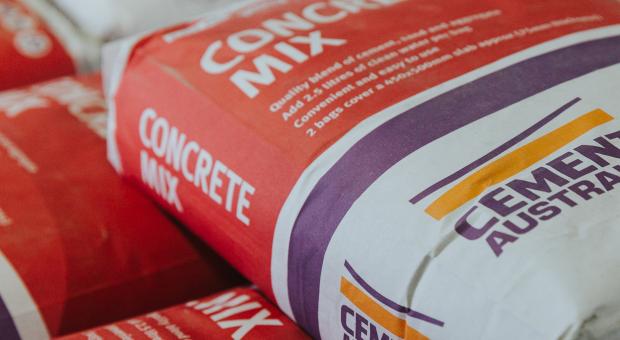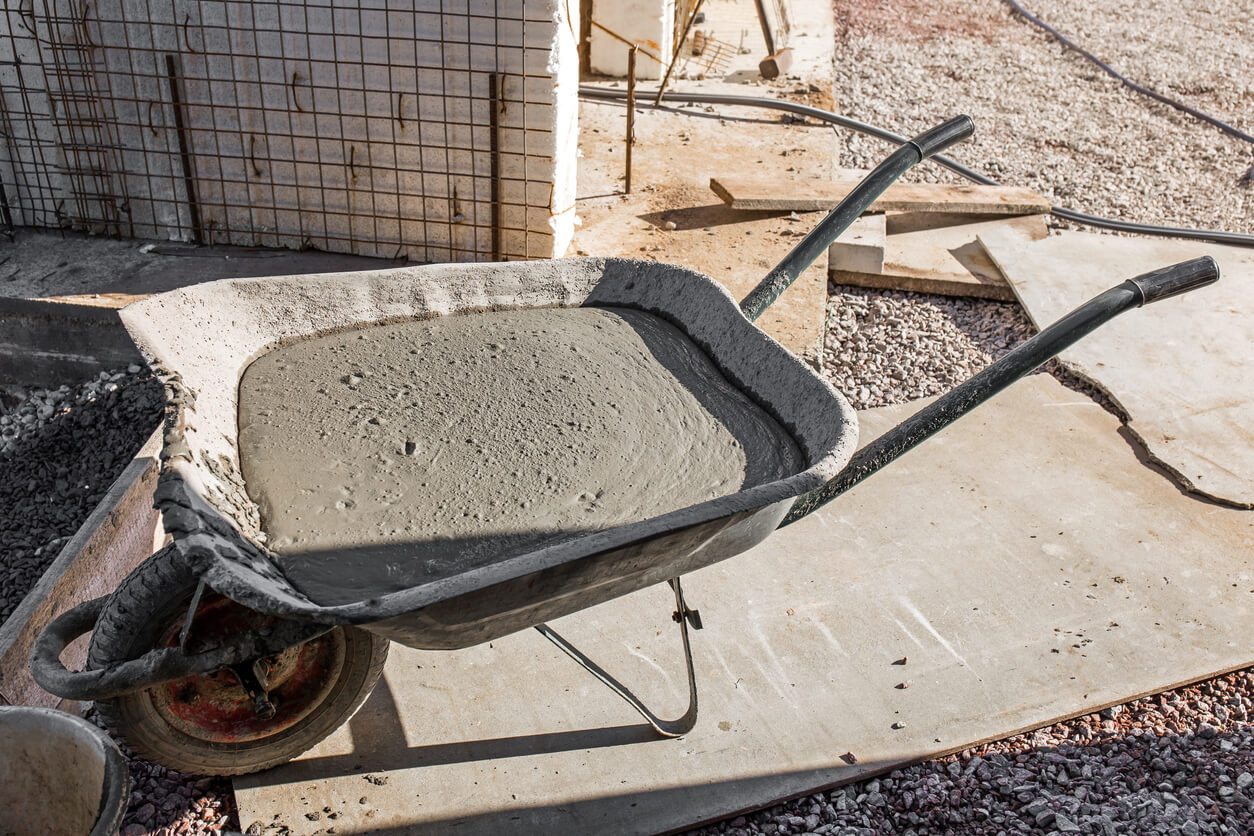
Grugel, a geological engineer at NASA’s Marshall Space Flight Center. Toutanji was co-author of the article along with Dr. “The difficulty of transporting materials from Earth will place a premium on resourcefulness and ingenuity,” he said. NASA is searching for a means to use resources that are available from the surface of the moon, according to Toutanji. Toutanji, who is also chair of the civil and environmental engineering department at UAHuntsville, has spent years studying the characteristics of cementitious materials, said he anticipates concrete to play a major role in constructing facilities on the lunar surface to survive the harsh environment on the Moon’s surface. His research shows that those astronauts can turn to a new type of waterless concrete that uses lunar soil as the aggregate and sulfur as a binding agent. While some parts of the Moon may have water, that resource may be more valuable for astronaut’s consumption rather than building structures. Learn something new? Enjoy concrete facts and news? Subscribe to our blog for more articles like this.Traditional concrete comprises a binder - cement and water - mixed with aggregates.


There is still quite a bit of interest in the possibilities – even if it seems like Mars is more popular. And we need more moondust for tests before anything official can be created. Lunarcrete offers little protection from cosmic radiation and is not airtight. While this mix design isn’t technically a concrete, once heated and cooled, the dry mixture creates an immediately strong construction component similar to concrete. With minor heating, sulfur can be extracted from troilite. This means troilite litters the moon’s surface in the form of dust. Because the moon’s atmosphere isn’t dense at all, small meteorites do not burn up as they do when they enter Earth’s atmosphere. Sulfur is found on the moon in troilite, a rare mineral usually located in meteorites. Instead of trying to find water on the moon, a 2010 proposal suggested melting sulfur to produce a thermoplastic material for mixing with lunar aggregate. There are concerns about dust getting on the mirrors with the initial setup of the telescope, but many still see this as a possible design. If astronauts can mainly use materials already on the moon – the premise of Chen’s recipe – to build a telescope, we’d need to send only aluminum from Earth as a surface coat. The sticky batch recipe combined moondust with carbon nanotubes. In 2008, NASA astrophysicist Peter Chen spoke of building a large telescope on the moon with a new lunar concrete recipe he and his team created. The moon’s negligible atmosphere and weak gravity make it an ideal location for a massive telescope about half the length of a football field. Still, there’s a lot of interest in moon structures, especially lunar telescopes. From aqueducts to concrete pipes to complex precast systems, testing lunarcrete for endurance and strength in different weather, temperatures and environments is vital before any official use on Earth or other planets. Lunar Concrete’s Potential Applicationsīefore we start building on the moon, we’d first need to test lunarcrete in a variety of applications. This led to humidity coming into contact with the dust particles, generating rust and compromising the samples. In fact, moondust collected during the 1969 Apollo mission caused the seals on its containers to deteriorate. Dust exists on the moon because meteorites, big and small, constantly smash into the surface.

First, the ultimate goal of the material is to create lunar concrete mixtures for moon base structures. There are a few things to consider when it comes to lunar concrete. The moon’s dust is interesting, though, because of the abundance of meteorite collisions. The moon’s soil has no organic makeup, but it does contain a higher titanium percentage than our local soil. In fact, Earth’s soil is ripe with specifically organic elements. Lunar soil differs from terrestrial soil chemically. Regolith is a term for the dust, soil and gravel on the surface of the moon and other planets. Lunar concrete, mooncrete or lunarcrete – whatever you want to call it – describes a concept aggregate made up from the moon’s regolith. This naturally got us thinking about aggregates and other materials beyond our orbit. Afterward, attach pump handle the pump to pressurize the sprayer tank. While not strictly related to concrete, as engineers, we get excited about all things space. EXIMO to 1 gallon of water and mix thoroughly. The Blue Marble data is courtesy of Reto Stockli (NASA/GSFC).


 0 kommentar(er)
0 kommentar(er)
